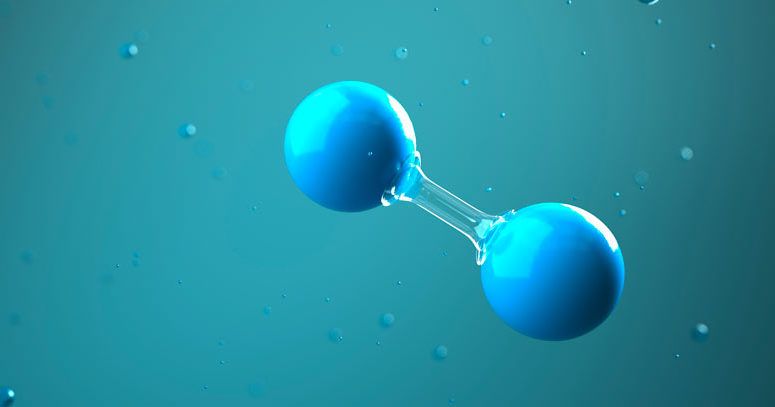About green hydrogen
Green hydrogen can greatly reduce mankind’s carbon footprint

Green hydrogen can greatly reduce mankind's carbon footprint
Hydrogen production dates back to the 17th century. However, it was not produced from renewable energy. Today, the world consumes large quantities of hydrogen, but right now, it is mainly produced by reforming natural gas (“grey hydrogen”) which releases large volumes of CO2.
Another technology used to produce hydrogen from water is the electrolysis of water. When the electricity required for the electrolysis of water comes from a renewable energy source (such as wind or solar), the hydrogen produced is referred to as “green hydrogen”.
Green hydrogen is essential to decarbonise sectors such as transportation and industry, answering the ecological urgency and the need to reduce CO2 emissions.
Electrolysis is at the centre of an energy ecosystem
By producing hydrogen, electrolysis allows us to exploit renewable energies as much as possible because hydrogen can be stored over the long term, or inserted into the current hydrogen ecosystem, or even injected into existing natural gas networks to decarbonise its use. The combustion of natural gas releases CO2, and, by adding hydrogen, the combustion will release as much energy while only releasing water vapour. In a nutshell, electrolysis makes it possible to link all energy production systems and their many uses.


